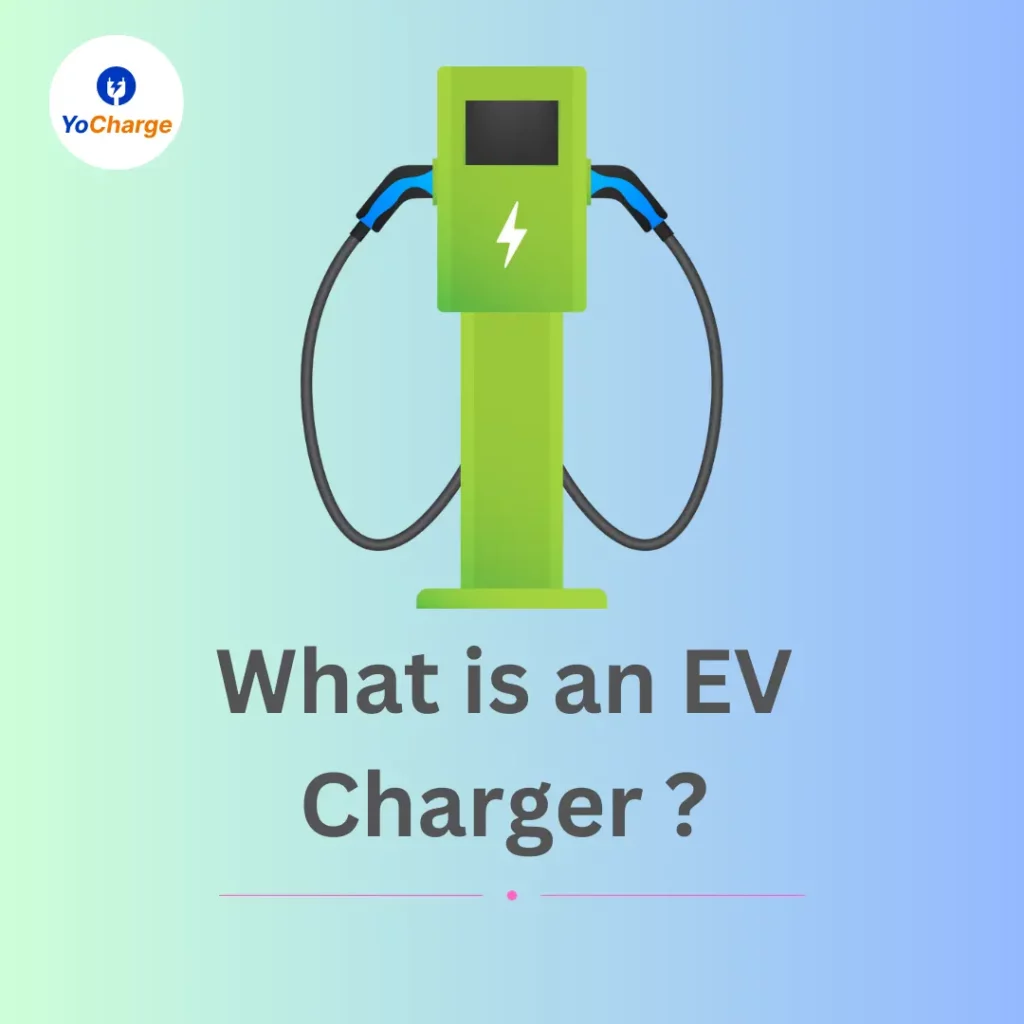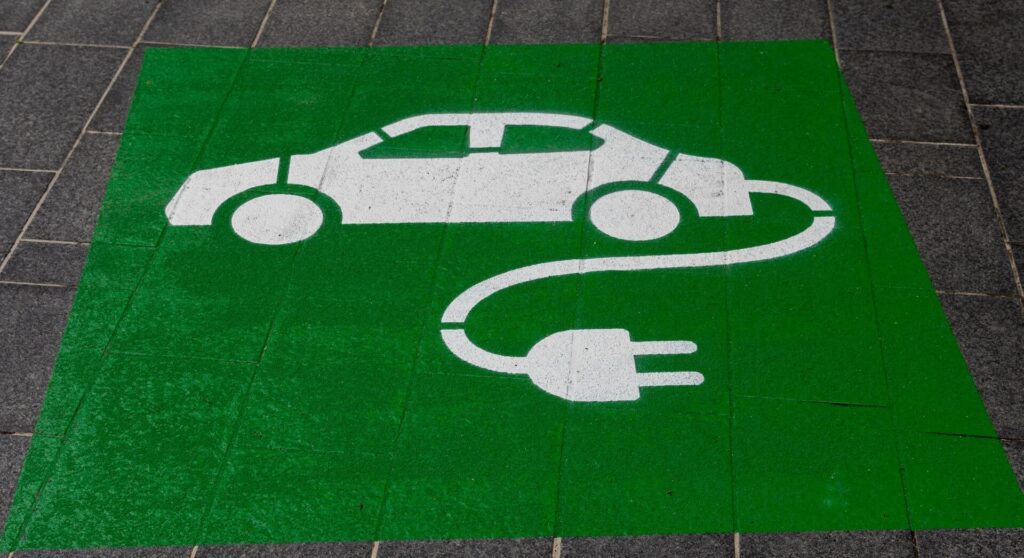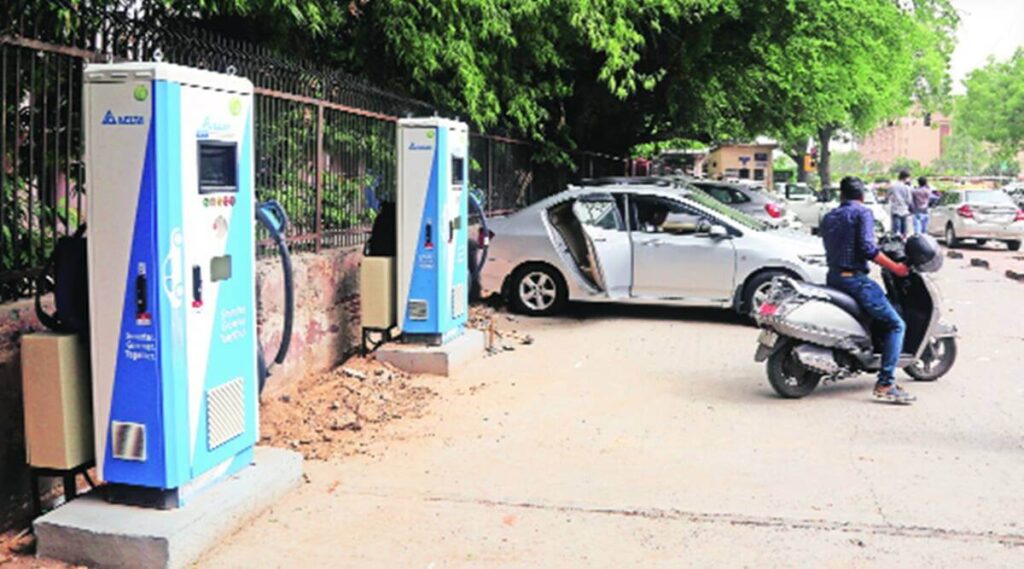Drivers of electric vehicles (EVs) may be concerned about how the heat will damage the battery and charging stations in their vehicles as summer temperatures rise. To effectively drive and charge your car without harming the battery, it’s critical to have a solid understanding of what to anticipate from EV performance in hot weather. Let us discuss what to expect From Your Electric Car and Charging Station Performance in Hot Weather.
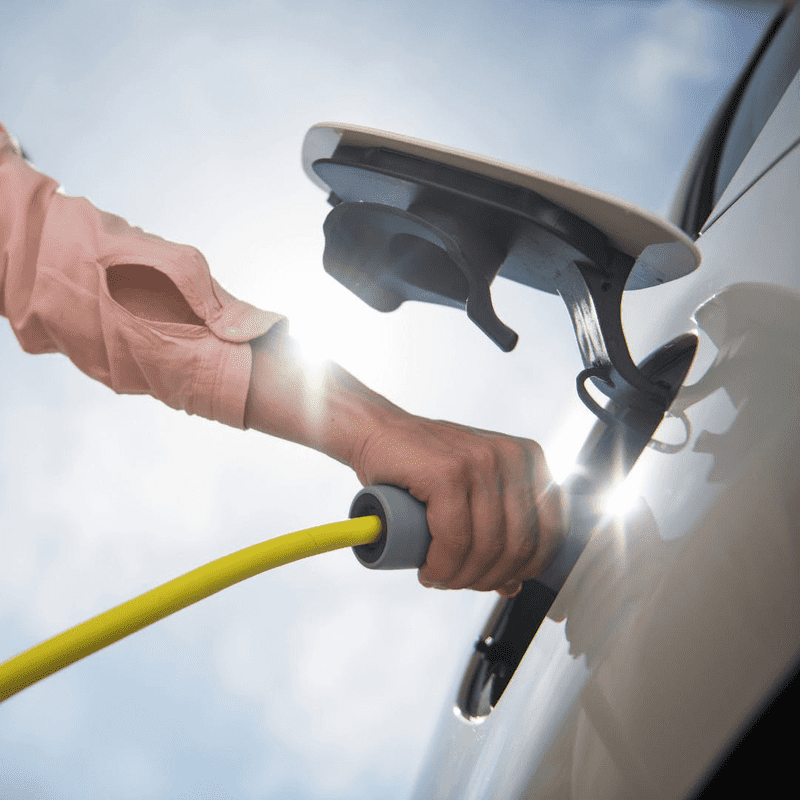
Impact of hot weather on electric car
1. Battery overheating
The majority of EVs are powered by lithium-ion batteries, which perform poorly in extremely hot conditions. They prefer a temperature range of 20 to 25 °C for operation. Overheating is more likely when exposed to high temperatures, especially when traveling longer distances at higher speeds. The battery’s lifespan is reduced and charging performance suffers when the electronic components reach 45–50°C. The type of EV and the size of the battery will determine how prevalent this occurrence is.
2. Charging rate
The charging speed slows down as the battery gets close to overheating. To avoid overheating, the battery management system (BMS) adjusts the charging rate based on the battery’s temperature. Occasionally, charging can even halt until the battery has cooled. EVs with very effective cooling systems that employ cooling liquid, like those made by Tesla, Kia, and Hyundai, are less susceptible to heat. Nevertheless, forced air cooling, which is less effective, is used by certain EVs to control the battery’s temperature. It is essential to find out what cooling system your EV has and modify your summer travels accordingly.
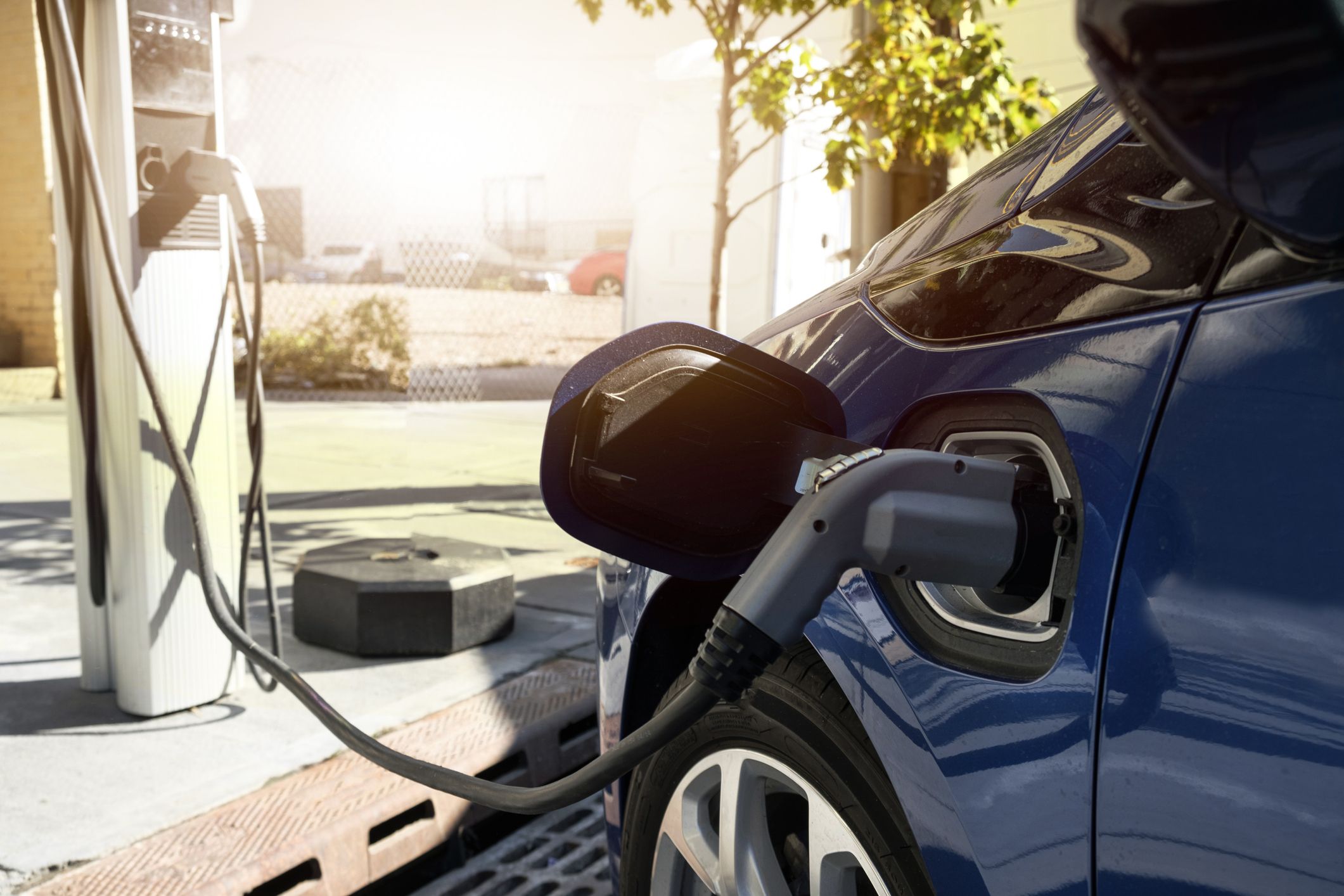
3. Battery cooling system
The battery’s cooling system is essential for preserving the ideal operating temperature range, which is normally between 20°C and 30°C (68°F and 86°F). The battery may become warmer in hot conditions, shortening its lifespan and accelerating the battery’s degradation. Battery performance and safety may be impacted if the temperature rises above a specific point. For instance, high temperatures might cause the battery’s electrolyte to evaporate, decreasing its capacity and resulting in long-term harm.
Certain battery cooling systems are made to automatically adjust to higher temperatures in order to reduce these problems, for example, by increasing the flow rate of the cooling fluid or by turning on fans or other cooling devices. The cooling system, however, may become overloaded and unable to adequately manage the battery’s temperature if it is not built to withstand high temperatures. This could result in decreased performance and a shorter battery life.
4. Air conditioning
The range of an EV is negatively impacted by air conditioning, particularly in hot weather. Using AC can actually cut an EV’s range by up to 20–30%. This is due to the fact that the battery is already stressed from supplying power to the vehicle, and the extra load of running the AC system may cause it to become even more pressured, lowering its efficiency and capacity.
It is preferable to use AC systems with higher energy efficiency and save power. Additionally, drivers can take actions to lessen the effect of AC on their EV’s range, such as pre-cooling the cabin while the car is still connected to a charging station, employing seat cooling instead of full cabin cooling, and avoiding parking in bright sunlight. For electric vehicles (EVs) with heat pumps and reversible air conditioning, the usage of air conditioning is less harmful. As it uses less energy, this method is becoming more popular.
Impact of hot weather on electric vehicle charging station
Electric vehicle (EV) charging stations may experience a variety of effects from hot temperatures.
First of all, hot weather can lead to electrical equipment overheating, which can result in decreased performance and eventually equipment failure. This may have an impact on the charging station’s efficiency and dependability, which may lead to slower charging or station downtime. Furthermore, high temperatures can impact the EV charging cable, potentially damaging the insulation and increasing resistance. The charging station’s dependability and safety may be impacted, and the charging cable may need to be replaced as a result.

High temperatures can also have an impact on the EV’s range and battery charging speed. Longer charging periods may arise if the battery management system lowers the charging rate to prevent overheating if the battery temperature is too high. Also, the charging time may be extended if the battery is already heated when the car begins to charge because it may take longer for it to cool down before it starts charging.
Tips to keep in mind while using your EVs during summer
- Arrange your route and stopping points for charging beforehand.
- Charge your device while it’s cooler outside to shorten charging times and preserve battery life.
- Use the correct charging equipment.
- Use a sunshade or park in the shade to keep your car cool.
- To avoid overheating, keep an eye on the battery’s temperature.
